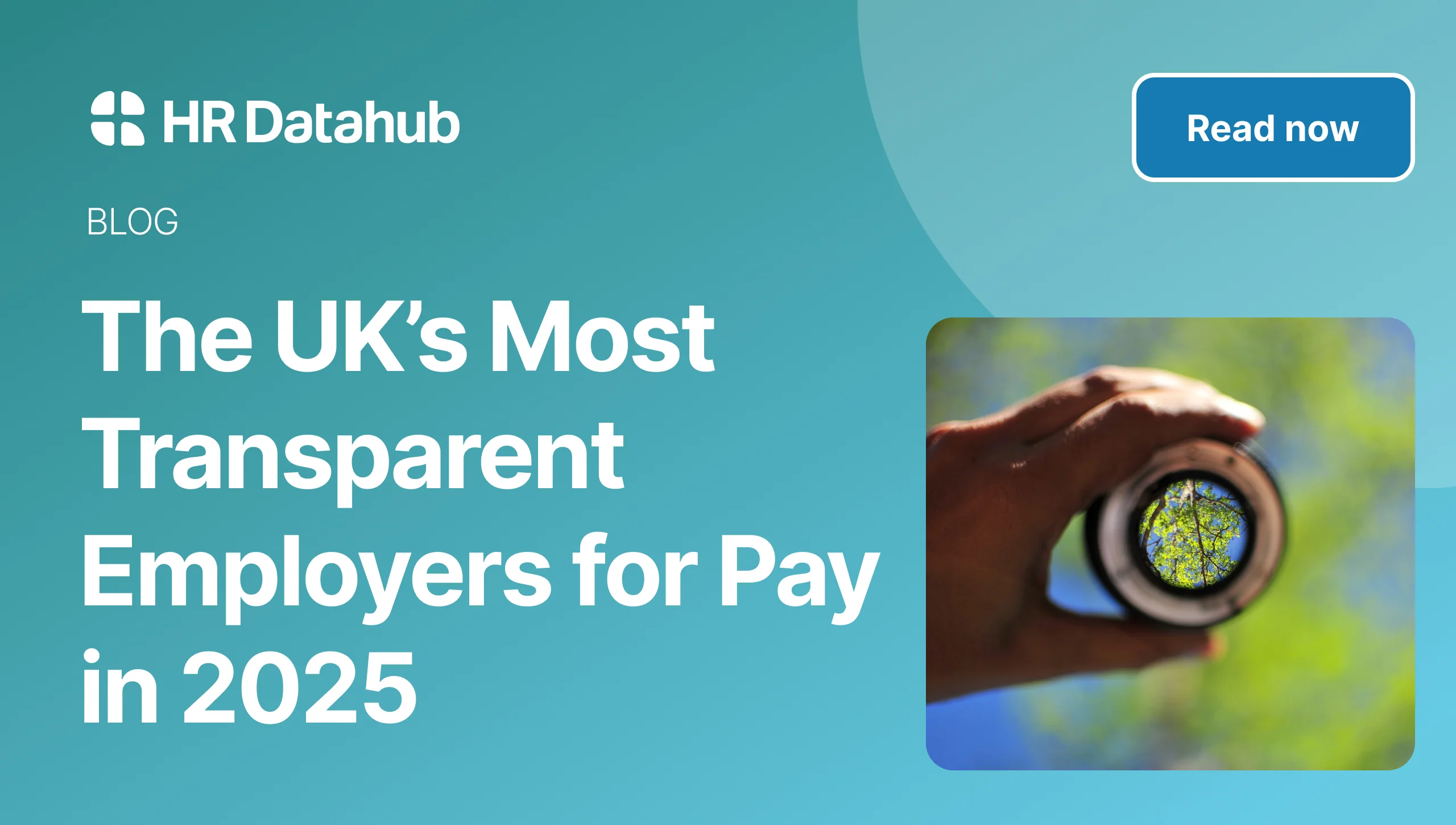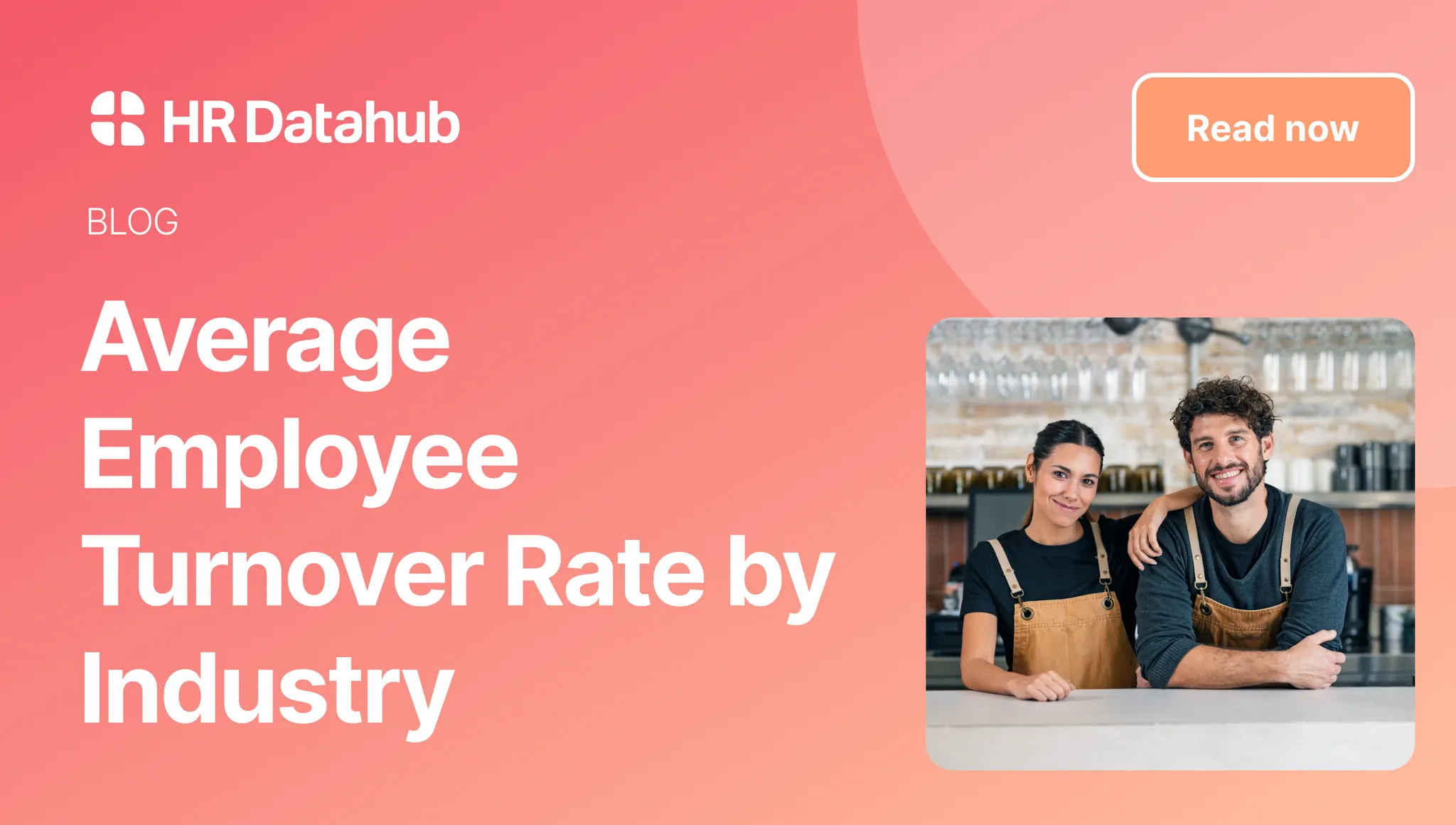

January 31, 2023
January 31, 2023
How to integrate live market data into your Salary Review process

Published by:
David Whitfield
,
CEO & Co-Founder
,
HR DataHub

Reviewed by:
Alexa Grellet
,
COO & Co-Founder
,
HR DataHub

5
MIN READ time

We often hear that salary is not the main reason why employees join or part ways with their organisations.
But we also know from our Talent Attraction & Retention survey that salary is the main reason why organisations struggle to attract and retain talent.

Now, with off-the-charts inflation rates, the pressure is coming from everywhere, and organisations have to deal with an explosive mix:
- Margins are thinning
- The overall cost of living is increasing for employees demanding, in turn, higher pay.
In a historical moment of tension in the UK, a solution for companies is to review their compensation strategy and run annual salary reviews as a pre-emptive measure to soothe the situation.
As a consequence, a couple of challenges arise:
- How can organisations make the right pay decisions to keep employees happy and prevent them from leaving without paying over the market?
- Should we be rethinking the entire pay review process?
We will try to answer the above in this post.
How organisations usually deal with salary reviews
A definition of the salary review process
The salary review process is a formal process used by employers to assess an employee's worth to the company.
A regular salary review process typically consists of an overall work performance review, as well as a comparison of the employee's salary to those of similar employees within the company or within the industry.
The salary review process may also include a discussion of the employee's future goals and career plans.
How often do organisations review salaries?
Traditionally, companies review all the pay of their organisation once per year.
They usually set a date in the year when they review all the salaries and then apply a certain increase based on a predefined budget.
There are essentially two ways to approach it:
- Company-wide review
- Individual reviews
A company-wide review
In this scenario, the organisation agrees on a flat increase for everyone, usually in line with the yearly inflation.
So, if an organisation gets a margin of 3% to increase salaries, they simply increase all employees' pay by 3%.

In the past years, inflation has roughly been oscillating between 1% and 3%. Source.
Individual salary reviews
Organisations can also approach salary reviews based on individual performance and current market value.
Let’s return to the previous example (3% available budget for pay raises):
- Employee Y is a high performer and is currently paid 5% under the market. They are eligible for a 5% raise.
- Employee Z is a low performer and is currently paid over the market. They won’t receive a salary raise.
At the end of the day, the organisation should hit their 3% budget after assessing each and every situation fairly.
—
Now, this is only theory.
In reality, the current system is not exempt from flaws.
Why is the common salary review process in need of an update
We identify (at least) 3 issues with the current way of doing things.
- Salary surveys are outdated from day one: there’s simply too much time between data collection and the publishing of pay surveys.
- Looking at outdated salary data can prove very costly
- It endangers your employer brand
Problem #1: Salary surveys are outdated from day one
As mentioned above, most businesses run a salary review once per year (usually done around March or April).
Now, the compensation data they rely on to make those decisions is outdated.
Organisations receive and look at data and salary surveys from the previous year, — and that market data will have been sent to the survey providers four months before that.
In short, human resources Teams are effectively looking at market data that's already eight months old.
This could work in a world where everything is predictable, and inflation is always in check. But right now, the market is unpredictable, and inflation, as we all know, is through the roof.

Problem #2: Looking at outdated data can prove very costly
Looking at outdated pay information means you’re not getting a true reflection of the market, and your people won’t get the pay increase they need.
And when employees aren’t happy, they are likely to leave.
Especially now.
It's a candidate’s job market.
The situation may change as we go into recession, but at the moment, there's more demand than supply across every industry, in every sector.
In other words, if organisations can’t meet candidates’ expectations, they’ll struggle to attract and retain them.
And what happens when employees leave?
They need to be replaced.
And because organisations are looking at outdated pay information, they’re having difficulties meeting the pay expectations of candidates living in the present.
Did you say vicious circle?
When we know that the employee turnover cost averages £30,000 (for employees earning £25,000 a year or more), relying on outdated data points to make pay decisions might prove very costly for businesses.
No room for approximations
There’s no room for error:
- Miss the mark and pay under the market: risk losing your people.
- Miss the mark and pay over the market: risk losing your competitive edge.
In both cases, the impact on the financial situation of an organisation can be disastrous. After all, a single percentage point in average salary increase can mean millions for large organisations.
This makes 8 months old salary surveys obsolete.
Problem #3: A danger for your employer brand
To make a long story short, your organisation won’t be top of mind for candidates and your own employees if you’re always reacting to the market with an 8-month delay.
- For an equal opportunity, candidates will likely choose a higher salary.
- You risk losing top employees to the competition if your base salary grid isn’t aligned with the actual market situation.
Maintaining the gender pay gap
This system also favours the Pay Gender Gap.
On top of the yearly review, research shows that men are more likely to ask for a salary raise.
In other words, because men tend to be more vocal, a rigid system perpetuates the pay gap.
Look at live compensation information for effective salary reviews
AT HR Datahub, our salary benchmarking platform helps to solve this.
HR DataHub is proving particularly useful when in the middle of a perfect storm like now.
- See real pay data. Now.
As stated before, human resources teams usually get their hands on eight-month-old pay data.
It’s far too long.
HR Datahub pulls and aggregates data from job boards and shows you what’s happening in the market right now, whenever you need to.
- Be proactive and show employees you care
Being proactive with pay has another advantage: it tightens the relationship between employees and their organisation.
Rewarding employees fairly based on their actual market value shows you recognise their work and nurtures employee wellbeing.
Be proactive with HR DataHub
You now know why the current salary review process that most organisations still follow is not viable any more.
Looking at live market pay data, HR teams find themselves in a position to make more informed decisions based on what’s really happening in the market.
—
Sounds like something you’d like to see in action? Contact us for a walkthrough, or try it free for 7 days on your own.
TABLE OF CONTENTS


.jpg)

